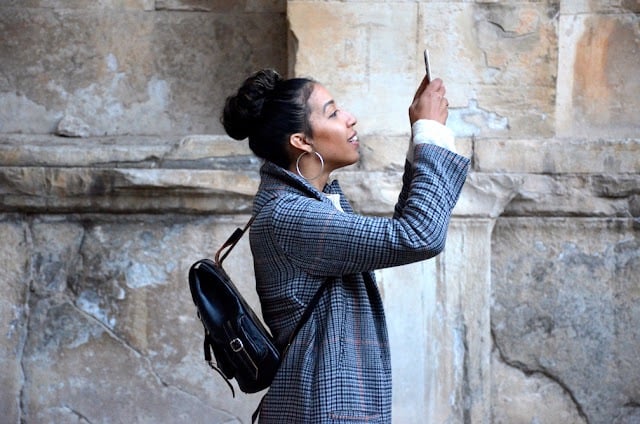BEHAVIORAL ECONOMICS AND BUILDING BETTER SERVICES FOR MILLENNIALS
Millennials (and younger generations) are becoming more versed in heuristic-thinking—using fast, frugal shortcuts to make efficient decisions and expecting the same from the services and products they use.
Etinosa Agbonlahor


The millennial generation is the largest in US history and also the most dynamic, growing up with more debt and less money to spend, more emphasis on social connection and less on traditional commitments like home ownership. The fact that millennials have grown up in an age with fast, open information, means millennials are becoming more versed in heuristic-thinking—using fast, frugal shortcuts to make efficient decisions and expecting the same from the services and products they use. Research from psychology and the behavioral sciences indicates key heuristic principles that should be considered when building for millennials.
Familiarity: The familiarity heuristic suggests people expect things they are more familiar with, to be better than things they don’t know as well. For example, research by Adam Alter and Daniel Oppenheimer indicates people expect stocks which have familiar ticker symbols will perform better in the short term than stocks with unfamiliar symbols.
What this means for your business: Even if the language promoting your product or service emphasizes how new or innovative it is, the nitty gritty of how it works has to be familiar and intuitive to the user. For American millennials, familiarity is often couched in the digital, which means for digital-based services like financial apps, user experience is everything. Naturally, there should be a balance between familiarity and innovativeness--while your product and the way you present it should be innovative, the underlying functionalities, such as your website or space layout should be intuitive to your user. Reducing the cognitive effort associated with using your service will make it easier for millennials to come to and stick with it.
Convenience: In an environment with increasing access to everything, convenience is the key disruptor. Millennial audiences are used to things happening quickly and easily. In general, people are susceptible to status quo bias which is tied to loss aversion. We’d rather leave things be than invest effort into finding the perfect asset allocation, in the same way that we’d rather press a button to hail a cab and have real time information about when to expect it, than stand on a sidewalk with arms out, hoping for the best.
What this means for your business: The processes involved in using your service—regardless of whether you offer free debt reduction classes or luxury networking events—have to be convenient. This ties into user experience and design thinking. Whether convenience means allowing users to save purchases into their baskets directly within marketing emails, or allowing them to increase their savings rates simply by clicking a button in an email. Easier, more intuitive and more convenient is where business scale should be focused on for millennials.
Social influence: The social influence effect suggests people are more likely to do whatever others in their self-identified communities do, especially if this can be quantified in terms of rank. For example, an ad suggesting “76% of millennials your age save at least $100 each month, would you like to increase your savings rate?” is more effective than merely emphasizing the value of saving.
What this means for your business: Creating accounts on every social media network and then spamming your users with overtly friendly ad-ridden posts is not an effective marketing strategy. Your millennial audience will see through and ignore such efforts. If your primary aim is to target a millennial audience, balance your marketing team out with millennials who understand what their cohort responds to, and also consider ways of using your social media budget to more effectively tap into the social influence effect.
Salience: Neuroscience research indicates we get dopamine surges with unexpected delivery of rewards. A great example of building the unexpected into your service is the money saving app, Digit. Digit’s ‘unexpected’ is simple gifs. Millennials know and associate gifs with positive feelings—we can hold entire conversations using memes and gifs alone. By building gifs into how it communicates with users, Digit is able to tie something as tedious as savings with feelings of pleasure and satisfaction.
What this means for your business: The unexpected doesn’t have to be a gif, it can be a rewards program with stochastically delivered bonuses in addition to the regular old ‘buy 10 coffees and get the next one free’ framework. For example, Panera Bread has a generous reward program that unexpectedly gives rewards such as free coffee for a month or even the occasional free pastry (thus luring me into the restaurant more times than I would usually visit on average). Use the unexpected to your advantage.
©Etinosa Agbonlahor | 2025
